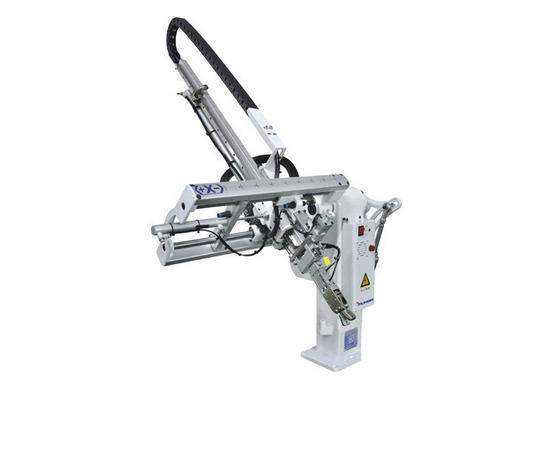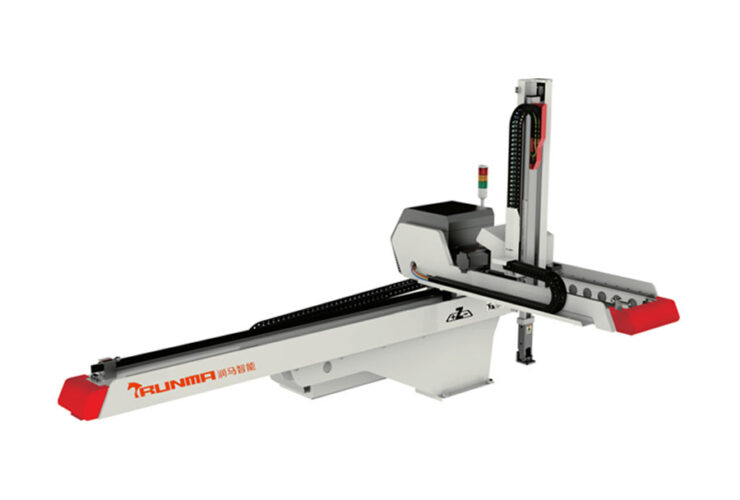Pick and Place Robot: Functions, Applications, and Selection Guide
Learning the benefits of using pick and place robot is very important for businesses targeting to increase their efficiency. It can do the repetitive tasks with maximum accuracy. This guide explains their role and teaches you the steps to choose the right model.
Key Benefits of Pick and Place Robot
There are various advantages of these robots which are explained in the following points:
- Speed: Pick and place robots work faster than humans. They reduce cycle times in production lines.
- Accuracy: Sensors ensure precise positioning. Errors in assembly or packaging drop significantly.
- Consistency: These robots perform tasks uniformly. Product quality stays high over long shifts.
- Safety: Handling hazardous materials becomes safer. Workers avoid exposure to dangerous environments.
- Labour Cost Reduction: Automating repetitive tasks cuts reliance on manual labour. Staff focus on complex roles.
Common Applications of Pick and Place Robot
- Electronics Manufacturing: Place components on circuit boards. Handle delicate parts without damage.
- Food Packaging: Sort and pack items like chocolates or bottles. Meet hygiene standards with minimal human contact.
- Automotive Assembly: Install small parts like screws or gears. Streamline production lines for cars.
- Warehouse Logistics: Sort parcels by size or destination. Speed up order fulfilment in e-commerce.
Types of Pick and Place Robots
- Articulated Robots: Flexible arms with rotating joints. Ideal for complex tasks in confined spaces.
- SCARA Robots: High-speed vertical movements. Suit precise tasks like inserting components.
- Delta Robots: Lightweight and ultra-fast. Perfect for sorting small items on conveyor belts.
- Cartesian Robots: Linear movements along three axes. Simple design for basic pick-and-place tasks.
How to Choose a Pick and Place Robot
Determine the robot’s maximum lifting capacity. Heavy-duty models manage items exceeding 20 kg. Assess how many items the robot moves each minute. High-speed options fit rapid production lines. Select robots with vision systems when handling small or delicate items. This ensures careful manipulation. Check the robot fits your workspace. Articulated types require more room than Cartesian models. Confirm the robot works with current software and machinery. Avoid solutions needing custom coding. Pick durable models suited to your environment.
Maintenance Tips for Longevity
- Regular Calibration: Adjust sensors and arms monthly. Maintain accuracy in positioning.
- Lubricate Joints: Apply industrial grease to moving parts. Prevent wear in articulated robots.
- Update Software: Install patches to fix bugs or improve performance.
- Inspect Grippers: Replace worn suction cups or clamps. Ensure consistent grip strength.
- Monitor Power Supply: Check cables and connectors for damage. Prevent unexpected shutdowns.
Future Trends in Pick and Place Robots
Modern robots now integrate machine learning to adjust as item sizes or positions change. Advanced cameras spot flaws or misplaced items to enhance quality checks. Energy-efficient designs lower power use and cut costs. Modular setups allow quick swaps of grippers or sensors for varied tasks. Collaborative robots work safely alongside people by understanding human actions intuitively. Each feature focuses on practicality and cost reduction while boosting adaptability.
Conclusion
Pick and place robots transform industries by automating repetitive tasks. They improve speed, accuracy, and safety. Finding the right model needs you to do a lot of work. Businesses adopting these robots gain a competitive edge in efficiency and quality.


